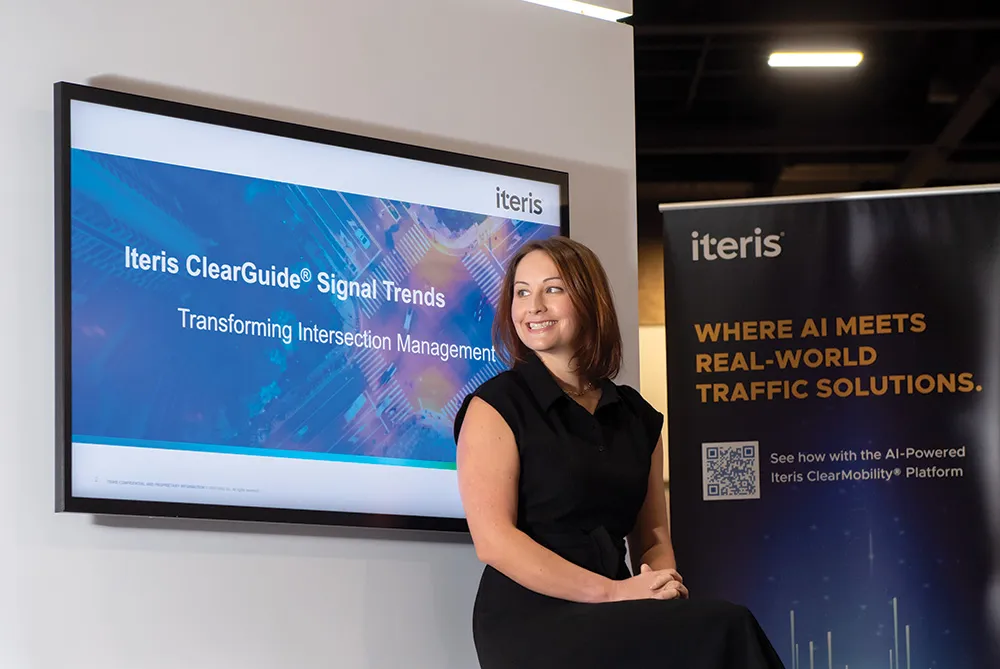To help increase intersection safety, Sensys Networks is automating accurate and actionable safety data, and teaming with
SensTraffic, the company’s traffic data and analytics platform, offers a suite of continuously collected key safety metrics, including red light violations and right turn on red movements. This data can be aggregated to identify any day-of-week or time-of-day trends and suggest possible remedial actions. In one instance, high incidence of weekday afternoon red light violations at an intersection near a school was effectively eliminated by presence of a law enforcement officer for the hour when the school let out.
SensTraffic also provides metrics to optimise traffic signals and coordinate signal timing between intersections, leading to smoother traffic flow and less risky driver behaviour. Plus, by providing actuation for bicycles with Sensys Networks’ FlexRadar sensor, cities can effectively and safely serve cyclists.
In addition, Sensys Networks is teaming with Verizon on its Intersection Safety Analytics solution, which measures conflicts among drivers, pedestrians, and cyclists by collecting, processing, analysing, and correlating behaviour data. The Intersection Safety Analytics solution is in addition to the intelligent traffic management service offered by Verizon.
“Sensys Networks and Verizon solutions are not just addressing the safety needs of today,” says Amine Haoui, Sensys Networks’ CEO. “By investing in these smart community solutions now, cities are positioning themselves for vehicle to infrastructure communications in the near future that will extend the machine vision of connected and autonomous vehicles, enhancing safety at intersections and beyond.”
Booth 515
Sensys & Verizon partner on intersections
Sensys Networks is here at ITS America Detroit to highlight solutions to address intersection safety - 40% of crashes, 50% of serious collisions, and 20% of fatalities occur in intersections. Unfortunately, many cities currently rely solely on historical crash data, hardly a systematic way to analyse and manage potentially harmful traffic situations. To help increase intersection safety, Sensys Networks is automating accurate and actionable safety data, and teaming with Verizon to do so. SensTraffic, the
June 6, 2018
Read time: 2 mins










